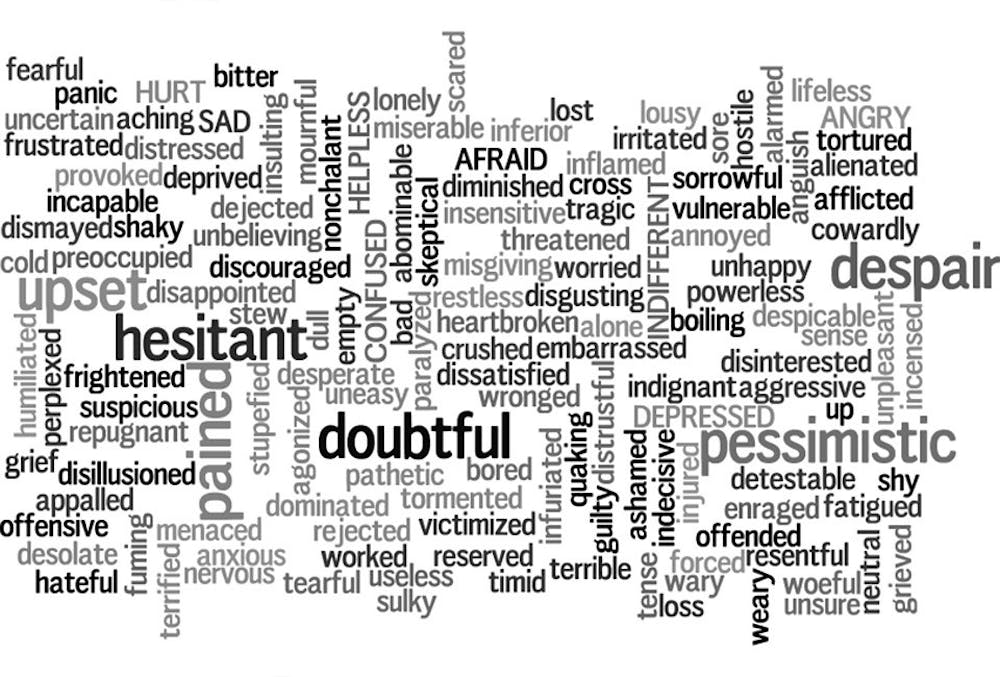Electrical neurostimulation of parts of the brain can alter the way we process language, thereby allowing for enhanced comprehension of simple, two-word phrases.
A recent study at the University of Pennsylvania School of Medicine implemented transcranial direct current stimulation (tDCS) to examine how the human brain processes the words we hear and constructs complex concepts, a phenomenon that is still somewhat of a mystery to the neuroscience community.
“Integrating conceptual knowledge is one of the neural functions fundamental to human intelligence,” Amy Price, the study’s lead author, said.
tDCS can be used to improve language performance in healthy subjects and in patients with aphasia, a communication disorder that affects approximately one million individuals in the United States.
Over the last three decades, several new study methods that connect the structure and function of the brain have emerged. Among these localization mapping methods, tDCS permits transient lesions through constant low current that is delivered to a specific area of the brain, so that brain function can be studied repeatedly in different states.
In this study, the research group concluded that the application of tDCS over language-related brain areas can modulate linguistic abilities and sentence processing in subjects.
Sentence processing takes place whenever a reader or listener processes a language utterance, either in isolation or in the context of a conversation or a text. Previous experimental research in this field has generated a considerable number of theories about the design and operation of sentence comprehension.
“When we read or listen to a sentence we perform this process effortlessly on a daily basis but it is quite complex and little is known about the brain regions that support this ability,” Price said.
According to Roy Hamilton, director of the Laboratory for Cognition and Neural Stimulation at the University of Pennsylvania, declarative memory, a type of long-term human memory, can be divided into episodic memory, which stores specific personal experiences, and semantic memory, which stores factual information such as the meaning of words and objects.
“We sought to understand how and in what part of the brain semantic representations are integrated into more complex ideas,” Hamilton said.
New discoveries obtained from functional MRI scans and magnetoencephalography support the assumption that the angular gyrus, a region of the brain involved in a number of processes related to language, might be directly connected to memory integration.
The research team applied tDCS to test the left angular gyrus of healthy adults, which is believed to have an important role in semantic integration. Three separate stimulation sessions were coordinated. The tDCS was adjusted to discharge electrodes to stimulate either the left or right side of the angular gyrus — groups were separated by the side that was stimulated. The third group was a control.
After each session, subjects were presented with a word pair that could be semantically integrated and one that instead formed a non-coherent combination, such as “fast blueberry.” These word pair presentations were followed by a letter task to test the vision and attention effects caused by brain stimulation. In this latter task, subjects were asked to indicate whether or not the letter strings that were shown matched.
The results demonstrate that tDCS stimulation on the left angular gyrus resulted in a faster comprehension of meaningful to non-meaningful word pairs. On the other hand, there were no notable effects on the letter-string task.
Finally, the studies collectively showed that tDCS has the potential to improve language performance, an outcome that could help people with aphasia. Although there was an observable improvement of approximately 30 percent in speech performance in aphasic patients, there are several general critical issues to consider.
Not many studies have monitored the subjects after stimulation to provide information about how long the tDCS-induced language benefits persist. Moreover, several parameters, such as duration or intensity, have yet to be optimized to meet the needs of specific patients. Nevertheless, due to its simplicity and low cost, transcranial direct current stimulation possesses an immense potential for the future treatment of communication disorders and clinical rehabilitation.





